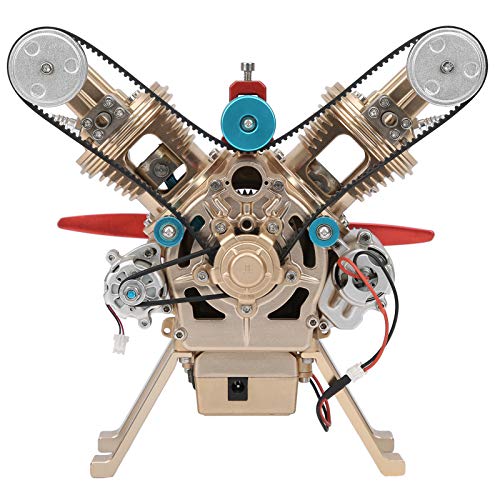Funny you should mention a refinery. I used to be the lead electrical engineer on the second shift at a sugar refinery located in NY (First civilian job after I served my first 4 years in the navy back in 81) own by a London-based company Taten Lyle and its subsidiary Toronto-based Red Path. Any how my job there was to automate the plant. ( Program and install PLC's, back then we use to refer to them Industrial PC's ) A similar latching relay circuit I posted was used on the sugar evaporators agitators motors.
The function of the relay is to isolates the power to a faulty motor but maintain DC power to the rest of the circuit. In the evaporator you have more then one agitators motor supplied from the same DC power.
The refinery had it own power house it supply both DC and AC power to the plant. That reminds me of the time when the 4160 power feed blew, but that is a story for another time.
The purpose of this circuit is so you can replace the faulty evaporator motor and fuse with out shutting down the dc power to the other part of the circuit / motors. By the way the relays were not control relays they where 30 amp open frame Power relays. The Power relays and push button switch were located in a control room not in the operators control cabinet / console. The only one allowed to push the button in that room was the duty electrician when deemed safe by him .
View attachment 155110
Agree with you I do. Been active in the trade for over 40 years fell way behind in the last 10. Sorry for being long winded on here, but I am bored out of my mind lying here with a collapsed lung and heart failure. If you or anyone find my post unwanted please feel free to remove it. No harm no foul I am just board.

By the way GreenTwinn congratulations on becoming a Moderator. I find this site to be very helpful in my endeavors .

Collapsed lung and heart failure ?
Wow, take care of yourself, that sounds rather serious.
I remember using about 20 of those open relays inside of an enclosure many years ago, and we were doing final inspection with the Owner's rep.
I had not been in the business very long, and so was just copying what I had seen used perviously.
The rep opened the cabinet, and said "What is with all the open relays? You guys never heard of safety relays with enclosed touch-safe parts?"
We had to change all the relays out.
The good part about those open relays is they were rated 30 amps, and were real workhorses.
I have worked in medium voltage for many years, up to 35 kV, and do a lot of PLC control work too.
The programs have changed a lot with PLC's, with all the color graphic screens, and the advent of high speed ethernet, and fiber.
And the relays have gotten very sophisticated these days, including the overload relays.
I also do sychronous motors, brushed and brushless, up to 5,000 hp or so, and the controls for those have changed over the years.
I don't get into DC stuff much, and prefer to stay AC, even in control systems, just to avoid power systems and their failure.
You can't fail equipment that you don't have.
I had an old pinball machine, and I assumed that the coils and lights must be DC (before I got into electrical), but it was all AC at various voltages.
That pinball machine is what really got me into electrical.
Edit:
When I first started in electrical, many/most/all? of the medium voltage switchgear relays were the old style mechanical type.
You don't see those anymore. Those were what I call dinosaur relays, but they did function well.
So much has changed over the years. There were no microprocessors when I started. It was mainframes, punch cards, and FORTRAN.
There was a mini-computer in the lab, and we programmed it in octal.
It was a big deal to write a program that closed a relay contact and lit a light.
.



































































